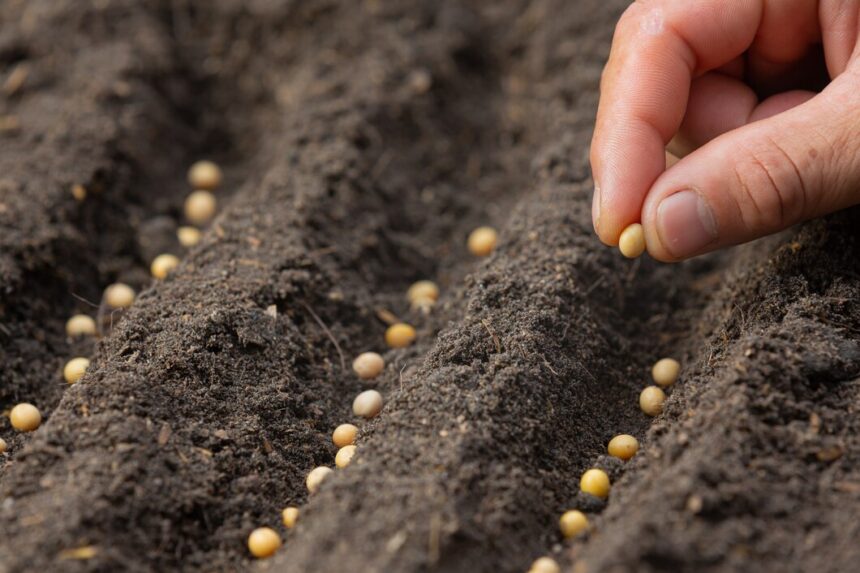Seed selection is a crucial aspect of farming that directly impacts crop yield, quality, and resilience to environmental stressors. South African farmers face unique challenges, including variable climatic conditions, soil types, and pest pressures. Adopting effective seed selection techniques tailored to local conditions can optimize crop performance and profitability. Here are ten techniques South African farmers can adopt for better seed selection:
1. Understand Environmental Conditions
Before selecting seeds, assess the environmental conditions of your farm, including temperature, rainfall patterns, soil type, and altitude. Choose seed varieties adapted to these specific conditions to maximize crop productivity and minimize risk.
2. Select High-Quality Seeds
Invest in high-quality seeds from reputable suppliers or certified seed producers. Quality seeds have higher germination rates, genetic purity, and vigor, leading to healthier plants and improved yield potential.
3. Consider Hybrid Varieties
Hybrid seeds offer superior traits such as disease resistance, uniformity, and yield potential compared to open-pollinated varieties. Consider incorporating hybrid seeds into your crop rotation to capitalize on their benefits.
4. Evaluate Disease Resistance
Choose seed varieties with built-in resistance to prevalent diseases and pests in your region. Resistant cultivars can reduce the need for chemical inputs and minimize yield losses due to pest and disease pressure.
5. Assess Drought Tolerance
Given the variability of rainfall in South Africa, prioritize seed varieties with drought tolerance traits. Drought-tolerant crops can withstand periods of water scarcity and maintain productivity under challenging conditions.
6. Test Seed Performance
Conduct on-farm trials or participate in seed performance trials organized by agricultural research institutions or seed companies. Evaluate multiple seed varieties under local conditions to identify top-performing cultivars for your farm.
7. Utilize Seed Treatments
Consider using seed treatments such as fungicides, insecticides, or biological agents to protect seeds from soil-borne pathogens and pests. Seed treatments can enhance seedling establishment and early-season vigor, leading to improved crop stand and yield.
8. Adopt Precision Agriculture Techniques
Employ precision agriculture technologies such as soil mapping, variable rate seeding, and remote sensing to optimize seed placement and input efficiency. Tailor seed selection and management practices based on site-specific data to maximize resource use and crop performance.
9. Practice Seed Saving
For non-hybrid crops, explore the option of seed saving to maintain genetic diversity and adaptability within your farm. Select and save seeds from the healthiest and highest-yielding plants to develop locally adapted varieties over time.
10. Consult Agronomic Experts
Seek advice from agronomic experts, extension services, or agricultural consultants for personalized recommendations on seed selection and crop management practices. Tap into their knowledge and experience to make informed decisions that align with your farm goals and constraints.
Effective seed selection is essential for achieving agricultural sustainability and profitability in South Africa. By implementing these ten techniques, farmers can improve crop resilience, yield potential, and overall farm productivity. Continuously monitor and adapt seed selection practices to changing environmental conditions and market demands to stay competitive and successful in the dynamic agricultural landscape of South Africa.
Join 'Farmers Mag' WhatsApp Channel
Get the latest Farming news and tips delivered straight to your WhatsApp
CLICK HERE TO JOIN






